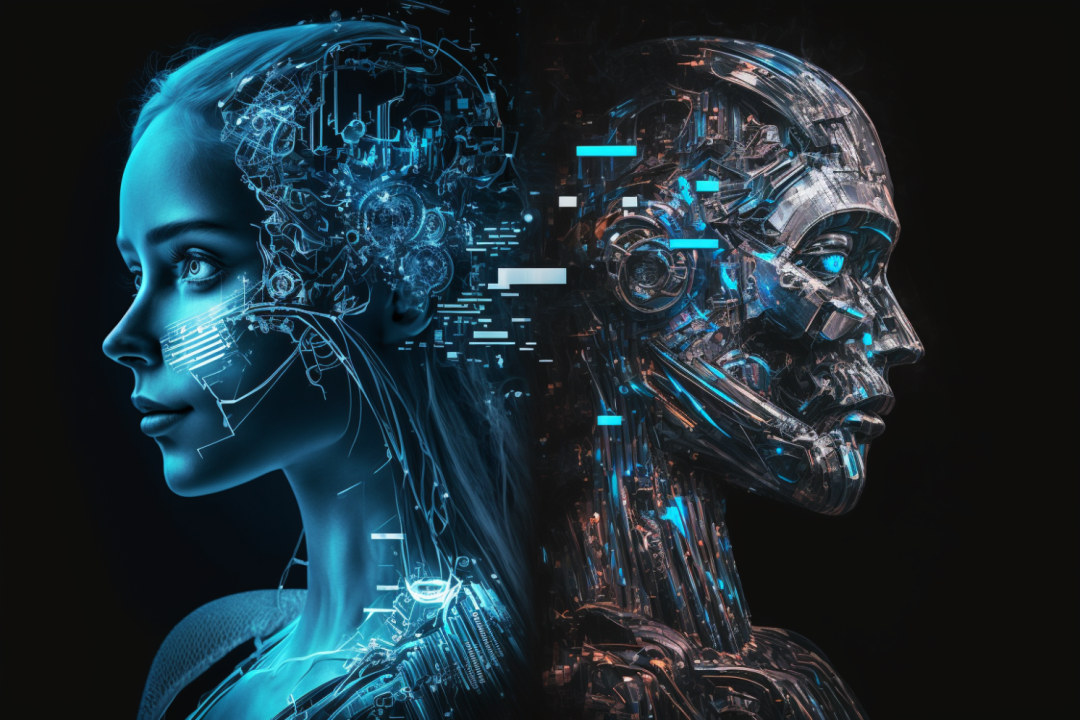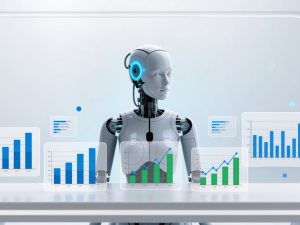In 2025, the classroom is no longer confined to four walls or a virtual Zoom window. Instead, it’s expanding into a whole new dimension—one powered by digital replicas of real-world systems known as digital twins.
From aerospace to healthcare, digital twin technology has been helping industries simulate, monitor, and improve physical systems for years. But now, it’s making waves in education—particularly in IT training, where hands-on practice is essential yet often difficult to access.
This isn’t just another edtech trend. For students pursuing careers in cybersecurity, networking, or DevOps, digital twins are becoming the bridge between theory and practical expertise.
Let’s dive into how this technology is reshaping IT education—and what it means for learners in 2025 and beyond.
What Are Digital Twins, Exactly?
Think of a digital twin as a high-fidelity, real-time simulation of a physical system. Whether it’s a server environment, a network architecture, or a smart building’s infrastructure, digital twins mirror the components, interactions, and behaviours of the real thing.
They’re more than just 3D models. These are dynamic systems that react to input, simulate failures, track performance metrics, and allow learners to experiment without real-world risks or expensive hardware.
And now, thanks to cloud computing and AI, these simulations are becoming affordable, scalable, and accessible in classrooms and online learning platforms.
Why IT Education Needs Digital Twins
In traditional IT education, hands-on learning usually happens in one of three ways:
- Expensive hardware labs (which many institutions can’t maintain)
- Virtual labs (which are helpful but often limited in realism)
- Internships (which aren’t always available to everyone)
Digital twins offer a compelling fourth option: a self-contained, real-time learning environment where students can practise, make mistakes, and see consequences—without risk.
Imagine this:
- A cybersecurity student detects a simulated ransomware attack in real time.
- A DevOps trainee builds and deploys a microservice architecture within a virtual CI/CD pipeline.
- A networking student configures switches and routers in a digital campus network, complete with simulated traffic spikes.
All of this is possible with digital twin technology—and it’s already being piloted by forward-thinking IT training programs.
Real-World Examples: Where Digital Twins Are Being Used
- Cyber Ranges: Institutions like the University of Maryland are incorporating digital twin environments to simulate cyber attacks and allow students to defend systems under pressure.
- Smart City Simulations: In some vocational courses, students use digital replicas of urban infrastructure to practise managing IoT networks and energy systems.
- Cloud DevOps Environments: Digital twins of hybrid cloud networks allow students to test deployment strategies, failover systems, and monitoring tools.
Key Benefits for Students
1. Safe Failure = Real Growth
Digital twins give students the freedom to mess up—and learn from it. Want to misconfigure a firewall rule or crash a virtual server? Go ahead. It’s part of the learning process.
2. Access from Anywhere
Unlike physical labs, digital twin environments can be accessed from any device with an internet connection. That’s a game-changer for remote learners and underserved communities.
3. Scenario-Based Learning
Instructors can build complex, real-world challenges: a zero-day exploit to analyse, a network outage to diagnose, or a new service to roll out across a company-wide system.
4. Better Job Readiness
By simulating what it’s really like to work in IT roles, digital twins help learners gain confidence and experience before they ever step into a professional environment.
Challenges to Consider
Of course, like any technology, digital twins come with their own hurdles:
- Cost & Complexity: Building realistic digital replicas can be resource-intensive.
- Learning Curve: Instructors need training to design and manage twin environments effectively.
- Standardisation: There’s still no universal framework for using digital twins in education—each provider may build differently.
But with ongoing investment and collaboration between edtech firms and educators, these challenges are being tackled rapidly.
What Educators and Students Should Do Now
For educators:
- Explore platforms that offer digital twin capabilities for training labs.
- Start with small-scale simulations for topics like networking basics or Linux administration.
- Integrate scenario-based exercises that mirror real IT job tasks.
For students:
- Seek out courses or programs that include hands-on, simulation-based learning.
- Use open-source tools like GNS3, Packet Tracer, or digital labs provided by vendors.
- Practise in digital environments to build muscle memory and critical thinking skills.
Final Thoughts: A Digital Twin Revolution in the Making
While not yet mainstream, digital twins are quickly moving from industry to classroom. And for learners who thrive on doing, not just reading or watching, this could be the missing piece in truly career-ready education.
At Ascend Education, we’re closely watching these developments and building them into our roadmap. Our mission has always been to provide practical, accessible, and cutting-edge IT training. With digital twins, the future of learning feels more tangible than ever.






